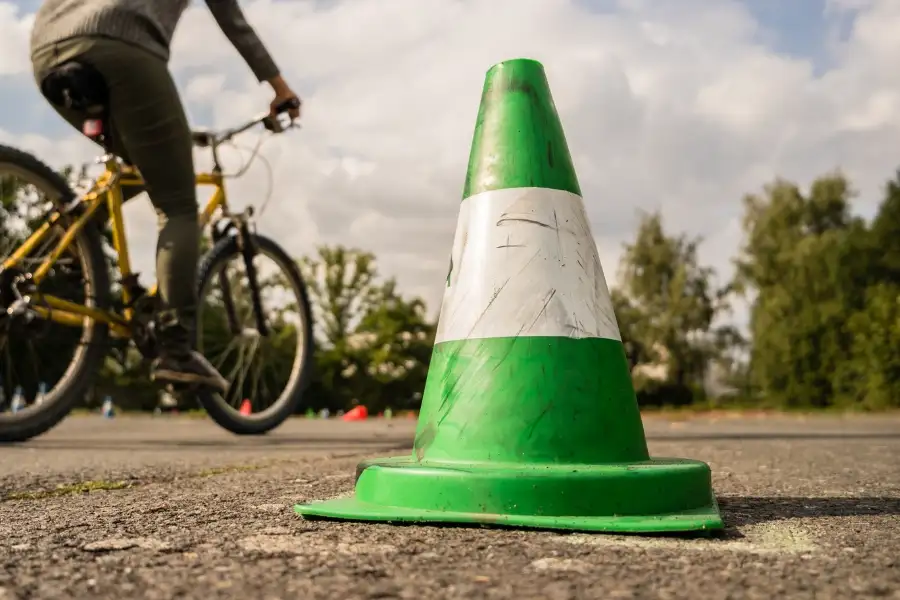
If you’re looking for exciting and educational bike rodeo ideas, Discover the top 5 activities to teach kids essential cycling skills while keeping them engaged.
From obstacle courses and slow races to bike decorating contests and repair clinics, these ideas combine fun with learning to promote bike safety, maintenance, and proper bike fit.
Whether you’re hosting a community event or a school bike rodeo, these activities will ensure a memorable experience for all participants while fostering a lifelong love for cycling.

3 Bike Rodeo Ideas to Create a Fun, Safe & Engaging Obstacle Course for All Skill Levels
Setting up an engaging and safe obstacle course is an essential part of any bike rodeo. To create a dynamic course, use cones, ramps, and other props like pool noodles or chalk.
Arrange these items to create a series of twists, turns, and obstacles that encourage kids to practice their cycling skills.
Ensure there’s enough space between each obstacle for safe maneuvering and consider using bright colors to help guide the participants.
Incorporating different challenges in your obstacle course can make it more fun and educational.
Introduce weaving challenges by setting up a series of cones for kids to navigate through, and place targets on the ground to practice stopping quickly.
Encourage riders to look over their shoulders while cycling by including sections where they need to signal turns or switch lanes.
Mix and match these challenges to keep the course interesting and engaging.
To ensure that your obstacle course caters to different age groups and skill levels, consider creating separate courses or adjusting the difficulty of existing obstacles.
For younger or less experienced riders, use larger spaces between cones and lower ramps. You can also provide clear instructions and demonstrations before they attempt the course.
For more advanced cyclists, tighten the spaces between obstacles or introduce additional challenges, such as a slalom section or a balance beam.
By adapting your course, you’ll ensure that all participants enjoy a fun and valuable experience while learning essential bike safety skills.
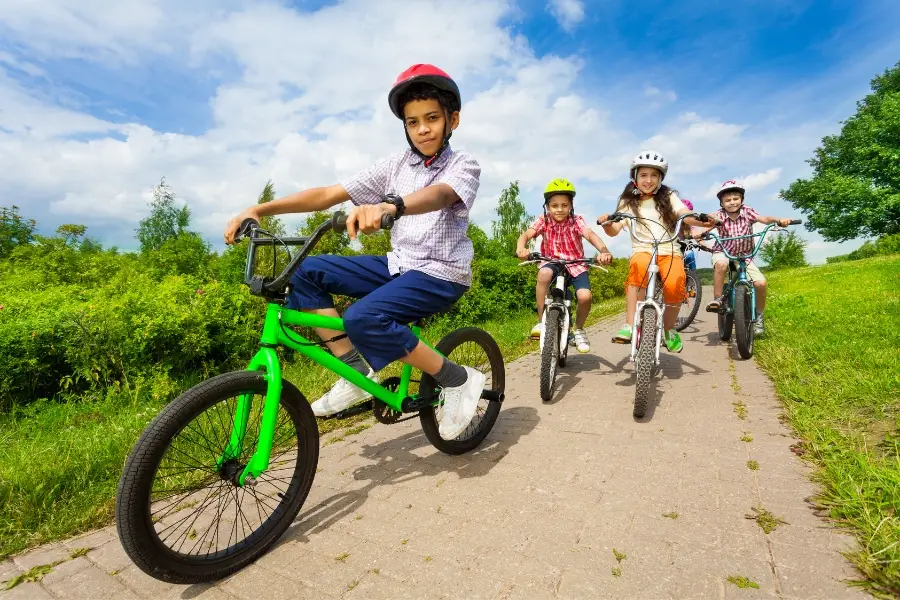
Bike Rodeo Ideas to Help Riders Master Balance and Control with These Bike Rodeo Activities
The slow race is a unique bike rodeo event where the objective is to be the last rider to cross the finish line without touching the ground.
Riders must maintain balance and control while riding at a snail’s pace. The challenge lies in not only staying upright but also in not overshooting the finish line, as crossing it too soon will disqualify the rider.
To make the slow race even more exciting and challenging, consider introducing variations like balancing a beanbag on the rider’s head or holding a cup of water.
The beanbag variation tests a rider’s ability to maintain a steady posture, while the cup of water tests their steadiness and smoothness in controlling their bike.
These added challenges emphasize the importance of concentration and focus, making the event more engaging and fun for participants.
To further encourage balance and control, consider designing the slow race course with a narrow path or adding curves.
A narrow path forces riders to maintain a straight line, while curves require them to navigate turns at a slow speed, testing their bike handling skills.
These course modifications not only increase the difficulty of the event but also help teach valuable skills that riders can apply to real-life cycling situations.
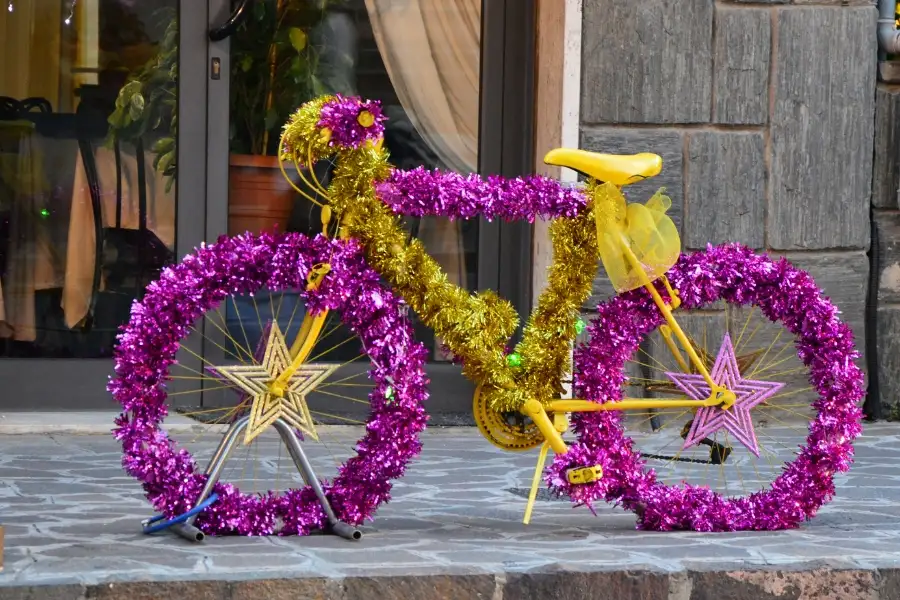
Engage children in bike rodeos by hosting a bike decorating contest, fostering their creativity and artistic skills while promoting safety and fun.
Organizing a bike decorating contest is an entertaining and creative way to engage children in bike rodeo events.
Start by announcing the contest well in advance, allowing participants ample time to gather materials and plan their designs.
Provide a designated area for decorating, with tables for paint, stickers, and other materials.
Encourage participants to bring their own unique supplies, but also have a few basic options on hand for those who may not have access to a wide variety of materials.
To keep the competition engaging, create different categories for participants to enter. Some suggestions include the most colorful bike, the most creative design, and the best theme (e.g., superhero, nature, or sports).
Having multiple categories allows children with different artistic strengths to showcase their talents and increases their chances of winning.
When it comes to judging the contest, fairness is key. Assemble a panel of impartial judges, which could include event organizers, local artists, or even older youth who aren’t participating in the contest.
Establish clear criteria for judging, such as originality, craftsmanship, and adherence to the chosen category.
Finally, award prizes or recognition for the winners in each category. Consider offering small tokens of appreciation for all participants, like ribbons or certificates, to acknowledge their effort and creativity.
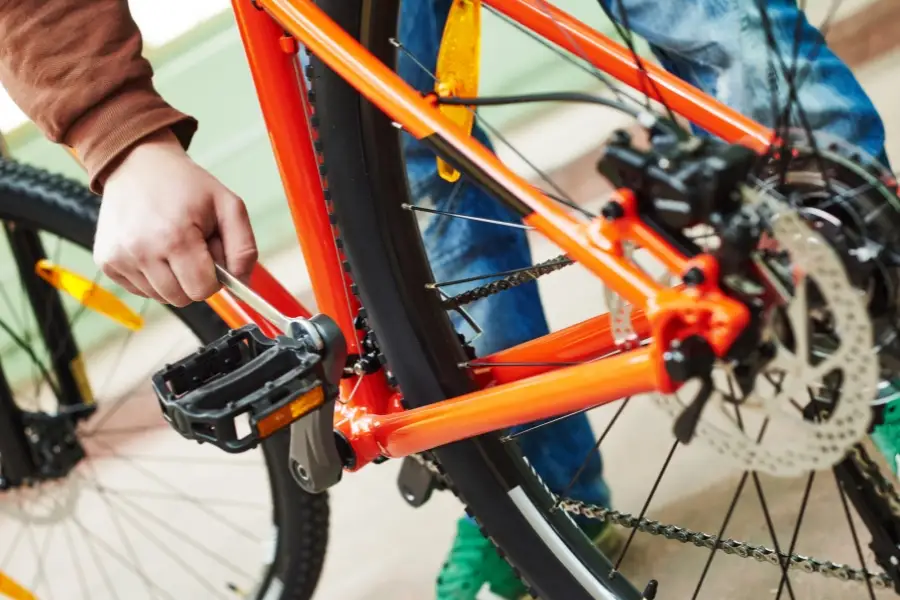
How to Teach Riders Bike Maintenance & Safety at Your Bike Rodeo
Hosting a bike repair clinic is an excellent way to teach riders about basic maintenance and safety tips.
To offer this activity, select an area within your bike rodeo event, and designate it as the bike repair clinic zone.
Provide clear signage and schedule multiple sessions throughout the day to accommodate different age groups and skill levels.
The bike repair clinic will require various tools and materials for participants to use. Ensure you have tire levers, pumps, patch kits, wrenches, and lubricants on hand.
It’s also a good idea to have a bike stand for easier access during repairs. You can either purchase these items or request donations from local bike shops or organizations.
To make your bike repair clinic even more engaging, consider partnering with local bike shops, clubs, or organizations.
These partners can provide experienced staff or volunteers to lead the sessions, share their expertise, and demonstrate proper techniques.
Additionally, their involvement can help promote your event and generate community interest in both your bike rodeo and their own services or activities.
To learn more about the importance of partnering with organizations, visit saferoutesinfo.org.
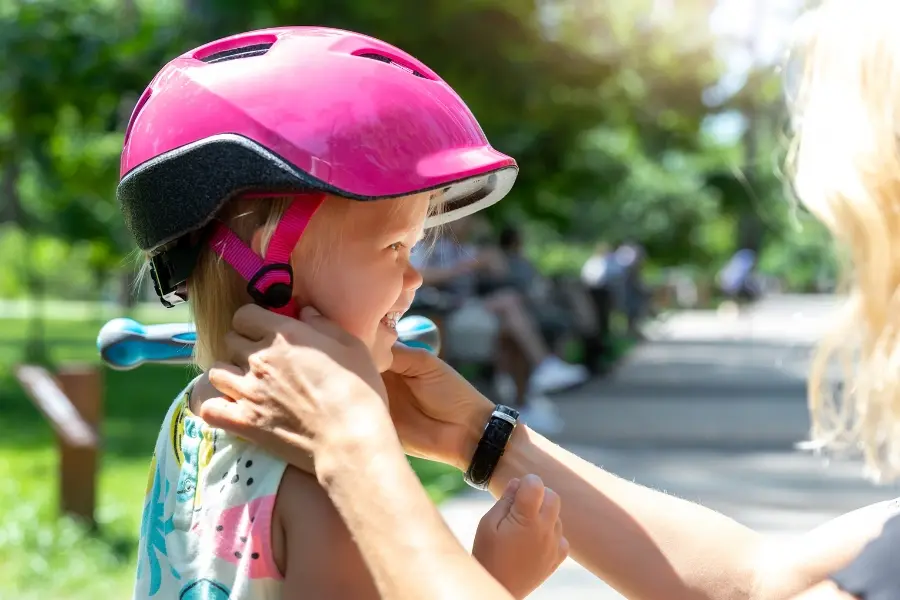
How to Ensure a Safe Ride for Bike Rodeo Participants
A bike safety check is a crucial part of any bike rodeo, as it teaches riders how to inspect their bikes for potential hazards.
Start by checking the brakes, ensuring they respond quickly and smoothly. Next, examine the tires for proper inflation and signs of wear.
Inspect the pedals for secure attachment and proper function, and finally, evaluate the handlebars for stability and alignment.
To perform a comprehensive bike safety check, it’s essential to examine each component carefully.
Check the brakes for responsiveness and even pad wear. Inspect the tires to ensure they are inflated to the recommended pressure and free of cuts or punctures.
Assess the pedals for any loose connections or damage, and make sure the handlebars are secure, straight, and properly aligned with the front wheel.
Ensuring a proper fit and comfort for the rider is vital for overall safety during a bike rodeo. To adjust the bike, start by setting the saddle height so that the rider’s leg is almost fully extended when the pedal is at its lowest point.
Next, adjust the handlebar height and angle for comfortable reach and grip.
Finally, check that the brakes and gear shifters are within easy reach and operate smoothly.
In conclusion, these top 5 bike rodeo ideas provide a comprehensive approach to promoting bicycle safety, skill development, and fun for children of all ages.
By incorporating engaging activities such as obstacle courses, slow races, bike decorating contests, repair clinics, and safety checks, you can create an event that fosters a love for cycling and encourages responsible riding habits.
Collaborate with local partners, like bike shops and organizations, to further enhance your event’s offerings and foster community involvement.
Remember, bike rodeos not only teach valuable skills but also create lasting memories for participants, leaving them excited for their next cycling adventure. Happy riding!
Interested in getting bike rodeo helmets for your next bike rodeo? Contact us.